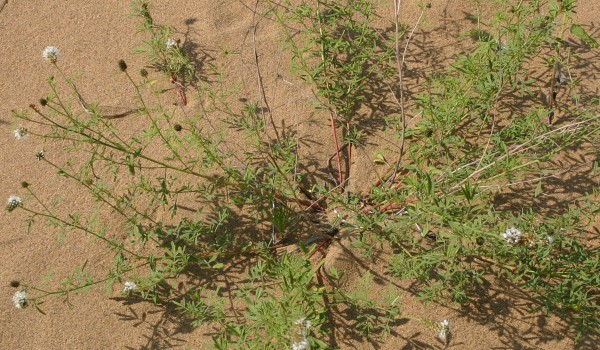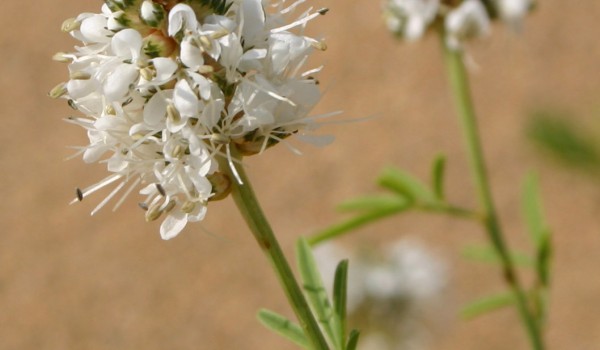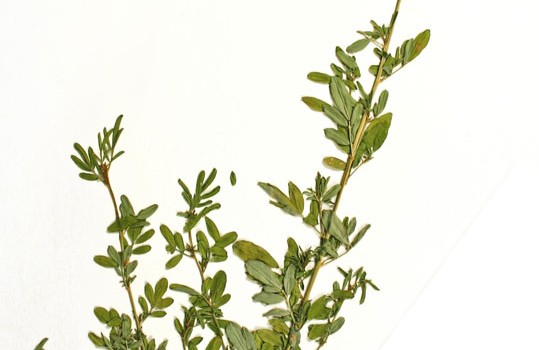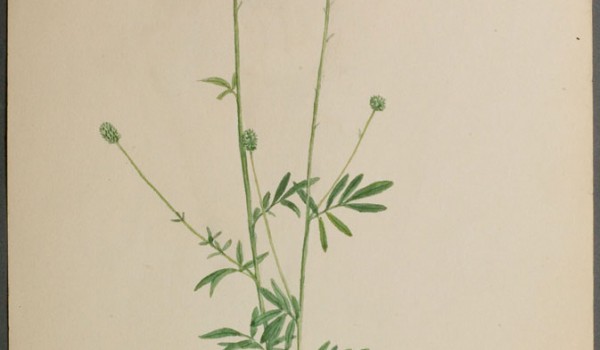Legume (Fabaceae)
White Prairie-clover
Dalea candida Michx. ex Willd.This fall-blooming prairie perennial is pollinated by many insects including flies, bees, and wasps. It is often browsed by livestock, deer, elk, and some game birds, while seeds are eaten by other bird species. Indigenous people have also used it for food and medicinal purposes. Because it can help restore nitrogen to the soil, White Prairie-clover can be important for prairie restoration or land reclamation projects.
Flower Colour:
- White
Flowering Season:
- Summer
- Fall
Flowering Months:
- August
- July
- June
- September
Canadian Rarity Status:
Not rare.
Physical Appearance:
Plants have stems that grow in small clumps that are 20-100 cm tall. Its bright green, alternate leaves are divided into 5-9 narrow leaflets with dotted undersides. Tiny white flowers occur in a dense cylinder-shaped spike, blooming from the bottom up. Each flower has one banner petal, and four smaller petals (wings and keels). The base of these is surrounded by a 5-toothed, tube-shaped calyx, and a single v-shaped bract. The fruit is a thin walled pod containing a single kidney-shaped seed.
Similar Species:
Hairy Prairie-clover, Purple Prairie-clover
Gardening Notes:
Seeds and/or plants are often available from greenhouses and seed supply companies specializing in native plants. Plants are easily grown from seed.
Canadian Distribution:
- Alberta
- Manitoba
- Ontario
- Saskatchewan
Prairie Types:
- Fescue Prairie
- Mixed Grass Prairie
Habitats:
- Open Woodlands
- Prairies
- Roadsides
Moisture Conditions:
- Dry
- Moderate
Light Preference:
- Full Sun
Soil Preference:
- Gravel
- Sand
- Silt
Associated Pollinators:
-
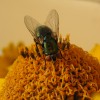 Blow Flies (Calliphoridae)
Blow Flies (Calliphoridae)
-
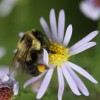 Bumble, Honey, and other Bees (Apidae (Subfamily Apinae))
Bumble, Honey, and other Bees (Apidae (Subfamily Apinae))
-
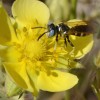 Crabronid Wasps (Crabronidae)
Crabronid Wasps (Crabronidae)
-
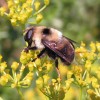 Flower Flies (Syrphidae)
Flower Flies (Syrphidae)
-
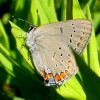 Gossamer-winged Butterflies (Lycaenidae)
Gossamer-winged Butterflies (Lycaenidae)
-
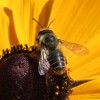 Leafcutter and Mason Bees (Megachilidae)
Leafcutter and Mason Bees (Megachilidae)
-
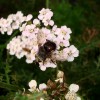 Parasitic Flies (Tachinidae)
Parasitic Flies (Tachinidae)
-
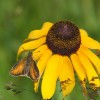 Skippers (Hesperiidae)
Skippers (Hesperiidae)
-
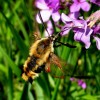 Sphinx and Hawk Moths (Sphingidae)
Sphinx and Hawk Moths (Sphingidae)
-
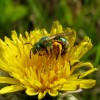 Sweat Bees, Halictid Bees and other Bees (Halictidae)
Sweat Bees, Halictid Bees and other Bees (Halictidae)
-
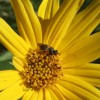 Thick-headed Flies (Conopidae)
Thick-headed Flies (Conopidae)
-
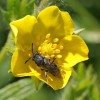 Yellow-faced Bees (Colletidae)
Yellow-faced Bees (Colletidae)






